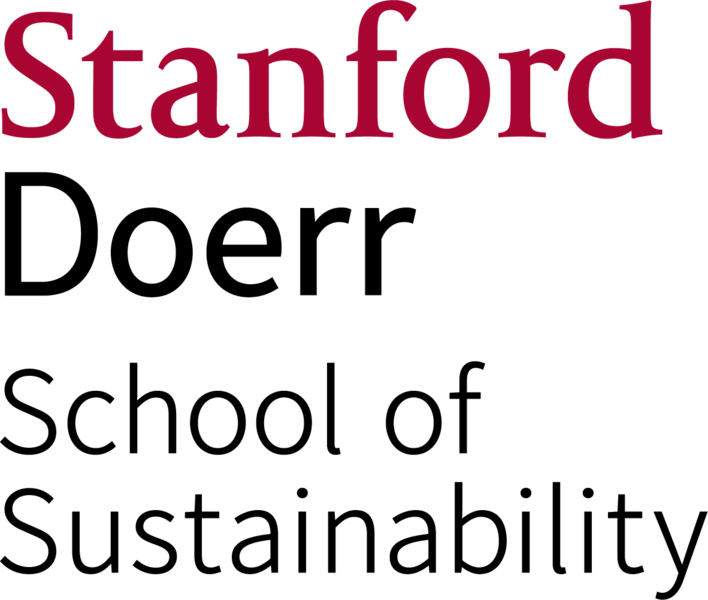The Environmental Assessment and Optimization (EAO) Group focuses on building tools to reduce the environmental impacts of energy systems. One focus is on understanding greenhouse gas emissions (GHGs) from fossil energy systems. We also build optimization tools to improve the environmental and economic performance of energy systems. Our approach includes building engineering-based, bottom-up life cycle assessment (LCA) models to generate rigorous estimates of environmental impacts from energy extraction and conversion technologies. In optimization areas, we focus on renewable-fossil hybridization and integration.

Time lapse skyward view of gas emissions.
In the News
-
Methane emissions from U.S. oil and gas operations cost the nation $10 billion per year
Stanford-led research shows methane emissions from a large share of U.S. oil and gas facilities are 3x higher on average than the level predicted by official government estimates.
March 13, 2024
-
A US oil-drilling hotspot is kicking out far more methane than we thought
A new study of the Permian Basin in New Mexico shows it leaked the greenhouse gas at double the expected rate from 2018 through 2020.
March 28, 2022
-
Study: Methane leaks from U.S. oil-and-gas region worse than estimates
Methane leaks from a major U.S. oil-and-gas producing region are far higher than prior estimates, new research shows.
March 25, 2022





